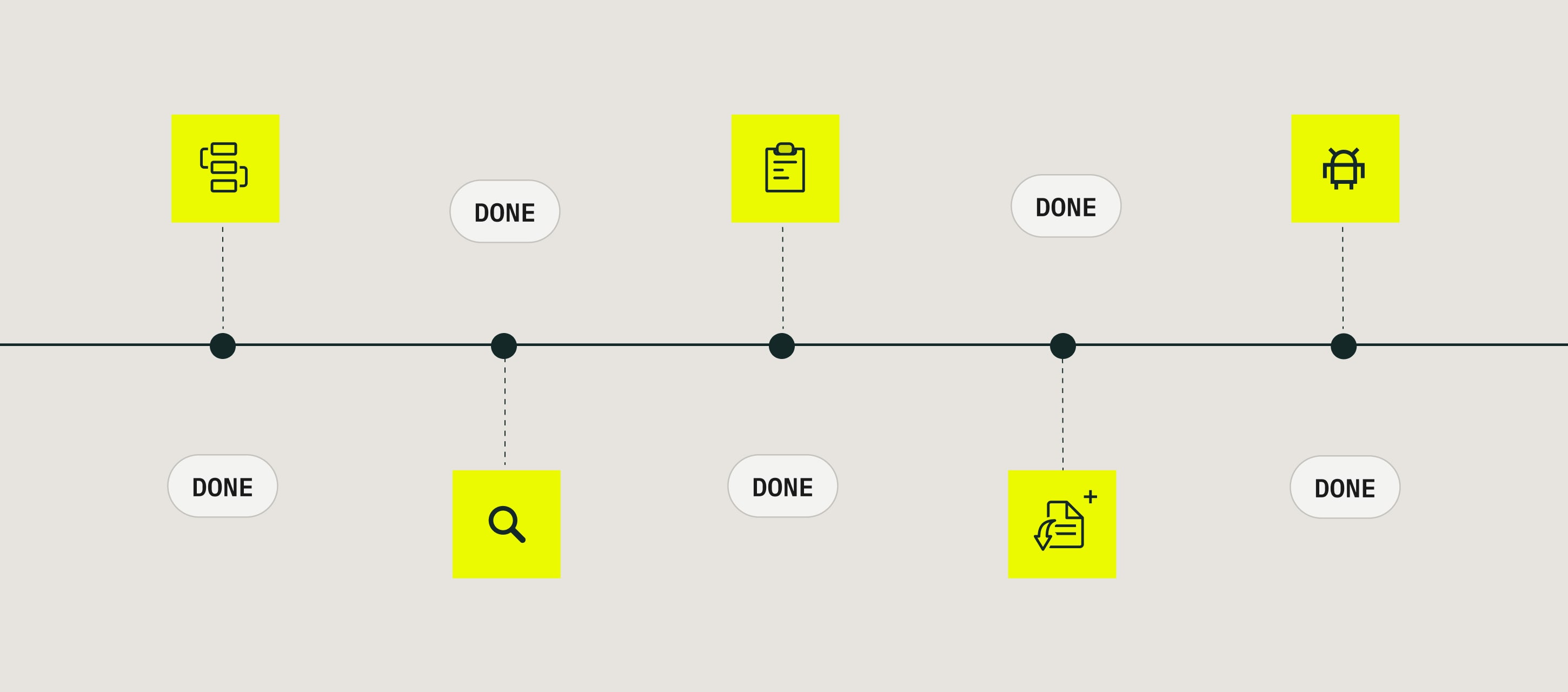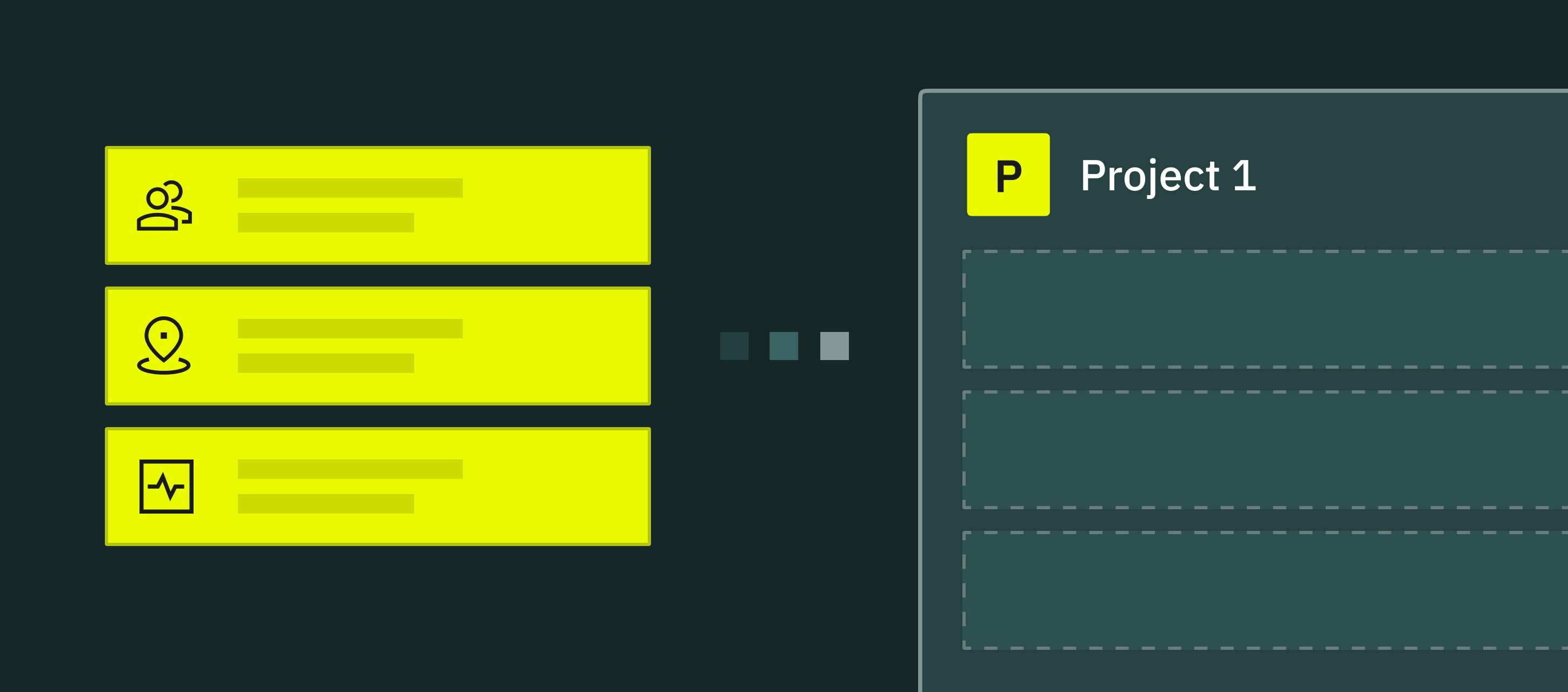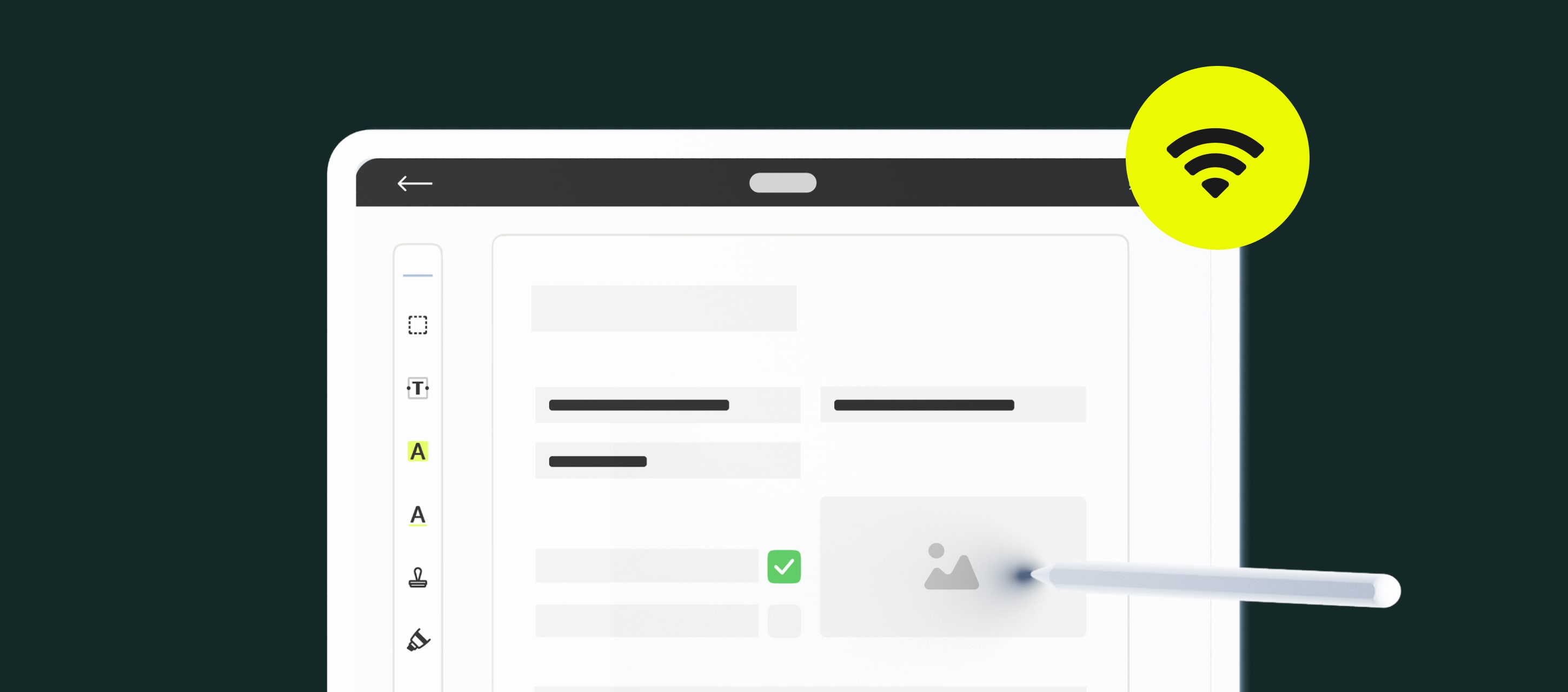Fluix’s integration with Airtable aims to make the most sense out of the data your team captures in forms, checklists, and other documents while doing their job. The integration allows you to expand on the value you’re getting from collecting and managing pdf form data, and provides an option for the visualization of that data.
Fluix is a software solution that streamlines field-to-office workflows, from mobile data collection at remote sites to analysis, approval, and automated data transfer to customer email or company storage. On top of that, Fluix provides options for data extraction from documents into Excel, and also to spreadsheet alternatives, such as Airtable.
Airtable is a cloud service that allows you to quickly and easily create and share relational databases based on extracted data, providing automatic data visualization.
As you can see, Fluix and Airtable each solve specific problems, and when working in synergy, they cover the needs of the entire business cycle. For more visualisation, watch the video to see how the two can help the aviation industry capture data from each flight, reduce pilots’ workload, and streamline communication between cabin and ground.
Benefits of Fluix Airtable Data Integration
Choosing the best data integration platform for your needs requires careful consideration of the features and benefits of each available solution. With that in mind, let’s take a look at some of the most notable benefits of integrating Fluix and Airtable:
Readable and understandable data
What you’ll get is well-presented data, visualized in customizable charts, graphs, tables, and more. The best part is that you don’t need specialized programming skills to read it — the information is depicted in a way that’s easy for everyone on your team to immediately understand. This enables you to quickly identify insights taken from inspections and to ensure that everyone is on the same page at the morning toolbox talk. It’s also helpful to be able to provide inspectors with visualized data at audit time.
Cost-saving insights
If time = money, then wasting time on inefficient processes could be costing you dearly. Transforming words and numbers into reliable data allows you to better evaluate core performance measures such as cost, time, quality, customer satisfaction, and the overall profitability of the project. Knowing the processes and project stages that are taking up the most time allows you to address productivity pitfalls and reduce irrelevant or overlapping actions, thus saving time and money.
Avoid delays
Utilizing data, you can conduct your own ‘efficiency audit’ to get a clear picture of the best way to get the job done on time and on budget — avoiding costly delays. For example, monitoring inspection checklist data can help to alert you to any potential delays caused by mechanical failures that would otherwise derail the project.
Reduce risks
All contractors must track data related to safety issues. Injury information should be recorded, and in some cases filed with the Occupational Safety and Health Administration (OSHA). Analyzing this data will help you to identify high-risk tasks and hazardous conditions, which can help with preventing future incidents and reducing the overall risk of injury to your team.
How does it work?
You will need a simple Fluix document workflow, ideally, one capturing data from fillable PDFs. And Airtable’s webhook.
- Set up data capture workflow in Fluix: 15 min
- Set up basic database in Airtable: 10 min
- Map Fluix form fields with the destination fields in Airtable: 30 minutes
The first part is creating automation; Airtable creates a webhook, which should be copied to the Fluix workflow. Then, you need to map the field from the PDF to the field in the Airtable database. Also known as HTTP callbacks, webhooks bind applications but are not code-based. Instead, webhooks are event-based, requiring software modules in each subsystem that are run by third-party services.
What you see here is that all of those field names across the top in Airtable are the same field names that you have in your Fluix forms. When Airtable receives this webhook, it creates an entry in this database. Using Zapier you can do the same, but you don’t need Zapier in this case, as you can use an Airtable webhook instead.
While in Airtable, you can use any specific apps to make your data more precise. For example, you can build progress bars, pie charts, and histograms based on the data captured from the specific form fields in Fluix.
This way, you can quickly get a summary of the collected data and use it to gather meaningful insights that will help you to make the right business decisions.
All of this means that you will spend less time switching between apps, spreadsheets, and documents, and more time getting meaningful work done. We’re excited to make it easier for you and your team to work with data, and securely connect Airtable to our Fluix workflows.
Get started today by integrating Fluix and Airtable.






